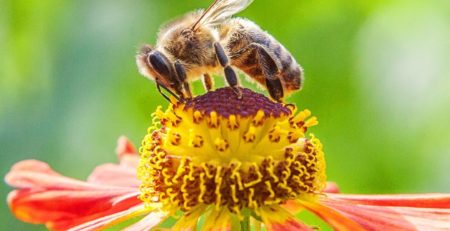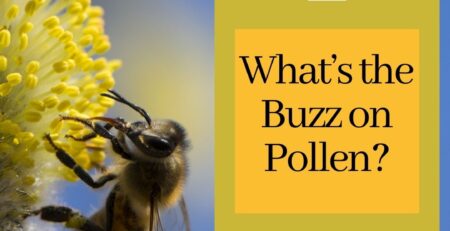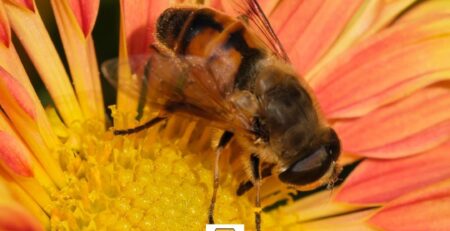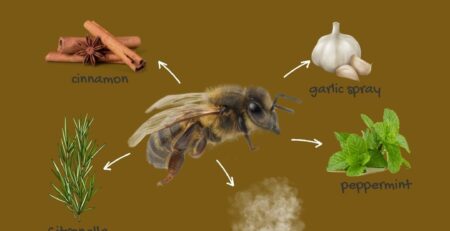Bee and Wasp Removal 101: How to Tell the Difference between Bees’ Hives and Nests
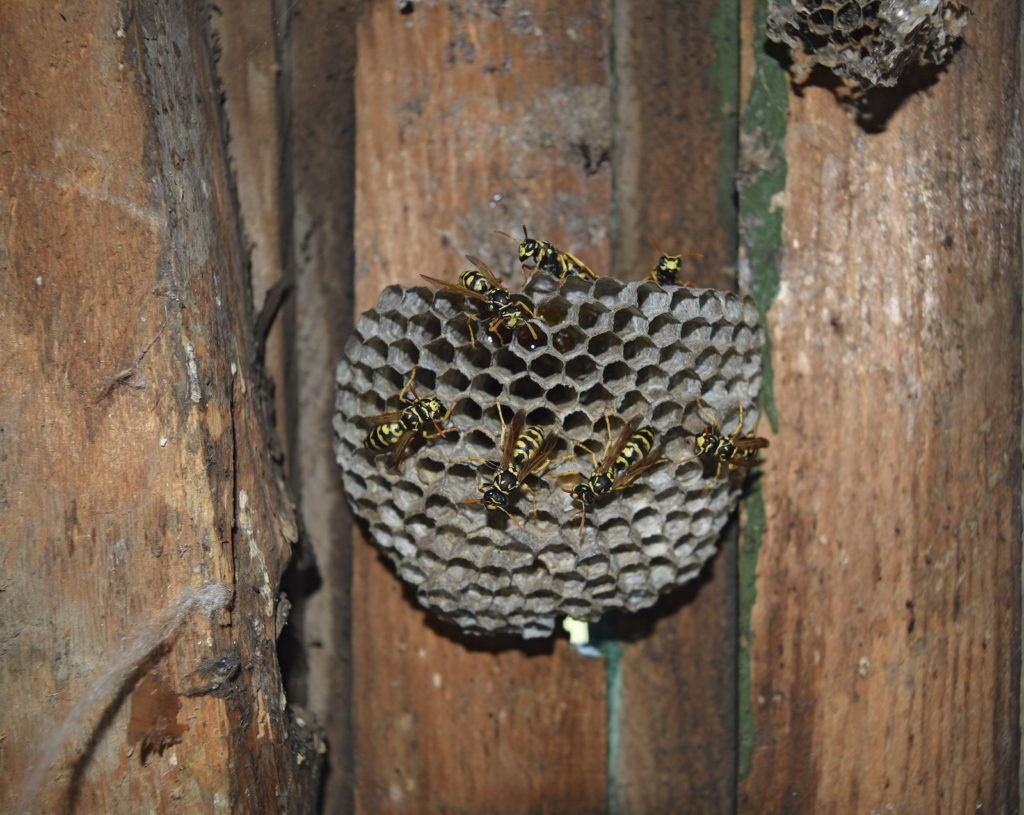
Bee and wasp colonies can spell trouble for homeowners. Beehives and nests near a populated area can put people in danger, increasing the risk of stings and weakening the structural integrity of your home. To control the bee and wasp population in your property, the best solution is to call a bee and wasp removal service to handle the problem professionally.
But first, learn to distinguish whether it’s beehive or a wasp nest that has sprouted in your home. This will make it easier for the bee and wasp exterminator to prepare the necessary equipment
The Difference between Hives and Nests
Globally, there are approximately 25,000 species of bees, with around 4,000 of those residing in the United States. Some bees live in large colonies in isolated areas while some can be found in your home. To help you easily determine whether you're dealing with hives or nests, it is essential that you understand the difference between the two.
Although hives and nests are often used interchangeably, they are different from one another. Beehives are man-made structures, intentionally meant to house bees. Nests, on the other hand, are naturally-occurring. Bees often build their nests in isolated areas, but you may also find them nesting in roof cavities.
Three Major Types of Hives and Nests
Beehives and wasp nests are reflective of the physical qualities of each species. Here's a closer look at how these insects create their homes.
• CARPENTER BEES
Carpenter bees are hairy bees that make their tunnels in softwood, like redwood, cedar, or pine. This means that carpenter bees target doors or walls made from the aforementioned materials for breeding.
The hives that carpenter bees build are not easily detected with the naked eye. The holes they make usually measure half-inch wide, large enough for the female bee to breed eggs. The female bee creates a chamber in the hive by drilling holes using mandibles. Larvae and pupae develop in the chambers in spring and summer.
Unlike other bees, male carpenter bees tend to just buzz around when threatened. But before you think, “maybe I should put off calling a bee or wasp exterminator near me since they can be threatened,” know that female carpenter bee can also sting very painfully and only the male carpenter bees that buzz around a lot when threatened. A significant number of carpenter bees can be an issue that needs to be addressed immediately.
• BUMBLEBEE NESTS
Bumblebees are located all over the country. Unlike carpenter bees, bumblebees create nests underground, usually in abandoned rodent burrows. At times, these nests are adjacent to man-made structures, which can be a nuisance.
Bumblebees live in colonies and tend to stay close to the nest. Although they are protective in nature, it is rare for them to sting. They may sting but way less dangerous than regular bees do.
With their stinging ability, it is still ideal to determine when a bumblebee nest is constructed where humans thrive. Stinging may rarely lead to death.
• PAPER WASP NESTS
Paper wasps get fibers from dead wood and stems, and mix it with their saliva to make nests of papery material. Like carpenter bees, they nest in residential wooden structures, like door frames and window sills.
The distinguishing feature of paper wasp nests is that they appear like an upside-down parasol. The parasol "handle" is attached to the structure, while the nest's bottom has holes filled with the wasp's white eggs.
Even if wasps have stingers, they are not aggressive unless you pose a threat to them. However, their stings can be fatal to those who have severe allergies; thus the need to have them removed at once.
Be Wary of Bee Hives and Wasp Nests
When you get near a beehive or wasp nest, there is a tendency that the protector bees will fly out to defend the nests. Their instinct will be to sting you.
Don’t attempt to remove or kill the colony on your own. Grave consequences may happen from trying to do it yourself. The best option is to get professional help from a veteran bee removal specialist.
For fast and efficient bee removal in Orange County, contact The Bee Man immediately! We serve the cities of San Clemente, Irvine, Aliso Viejo, Trabuco Canyon, and more. Rest assured that the colony will be taken care of, and your house will be gloriously free from bee and wasp in no time! To schedule a service or ask for a quote, call us at (949) 455-0123.


